Don't judge a plant by its smell: Why 'the little stinkers of the natural world' are just doing their job
Reminiscent of love and with an unmistakable odour of death, the little stinkers of the natural world might incite repulsion, but they are only doing their job, pleads Ian Morton
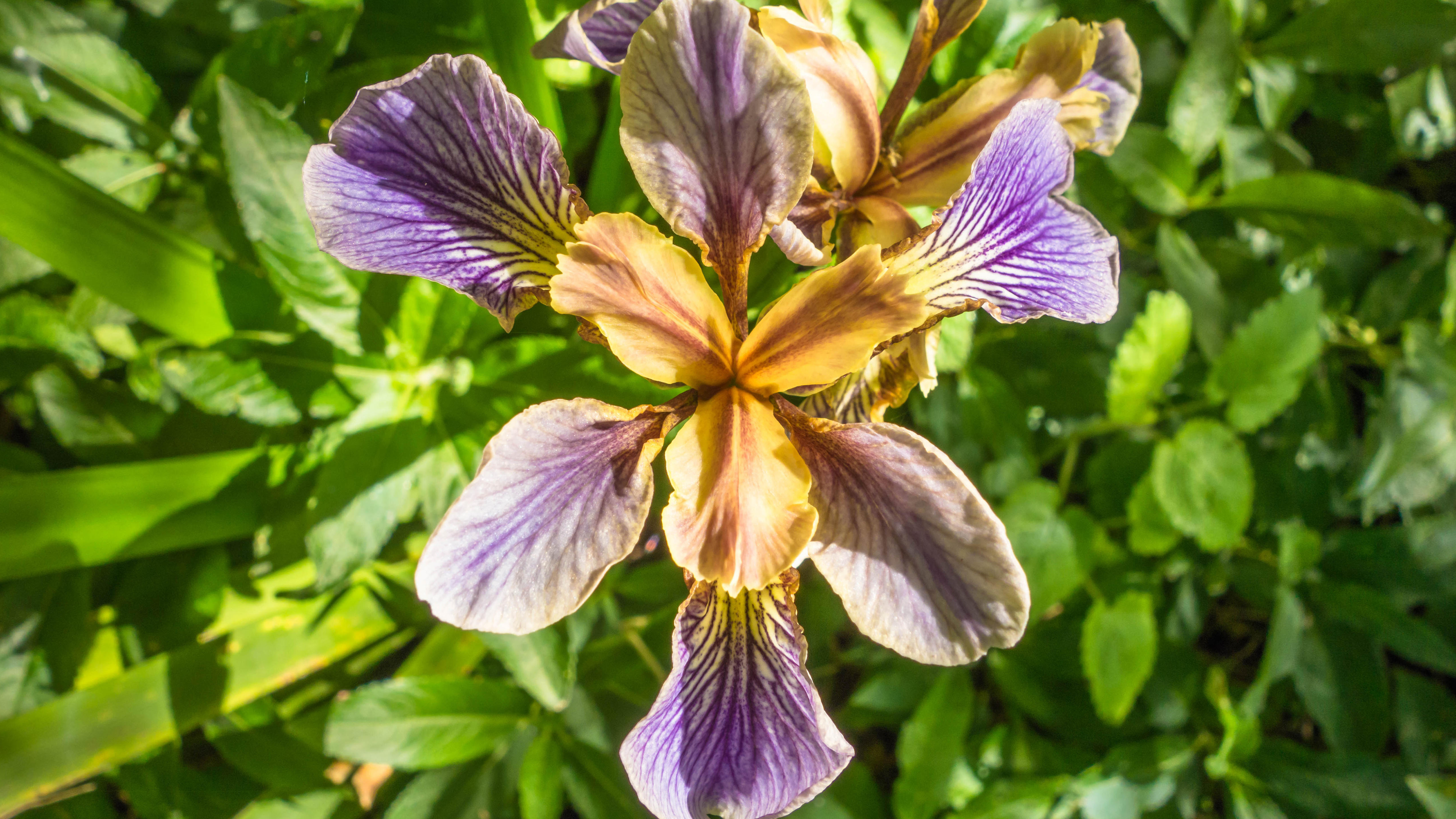

It's an ancient word of Germanic origin that was first published in Handlyng Synne, a Middle English work of 1303 by Lincolnshire chronicler Robert Mannyng. Then it made an appearance in The Canterbury Tales of 1387-1400, when Chaucer referred to brimstone-smelling alchemists as ‘stynken as a goat’. A stink is awful — a stench, a reek, a pong. It merits no qualification. Or does it? Human response to a bad smell is to recoil from something messy or unhealthy, so a stink is a natural positive, its purpose transcending repulsion. We are misguided if we dismiss something because it smells bad to us. However, no natural pong compares with the fulsome downwind experience when the farmers are muck-spreading.
Stinking hellebore (Helleborus foetidus) smells only when crushed. Its message is: don’t tread on me. And we should not. This attractive clumpy evergreen, a member of the buttercup family and native to southern Europe and the Middle East, albeit naturalised here in both garden and wild locations, is exceptional. It’s the first species in which botanical research revealed that yeasts colonise the nectar-producing parts of its flowers to raise the temperature and increase the evaporation of volatile organic compounds. A clever process that enhances the plant’s chances to attract pollinating insects. As its green flowers lack the visual appeal of rivals, the stinking hellebore, with its popular cultivars such as ‘Green Giant’ and ‘Miss Jekyll’, needs all the help it can contrive. On the RHS Award of Garden Merit list, H. foetidus is also known as dungwort, setterwort and bear’s foot — and deserves the kindlier labels.
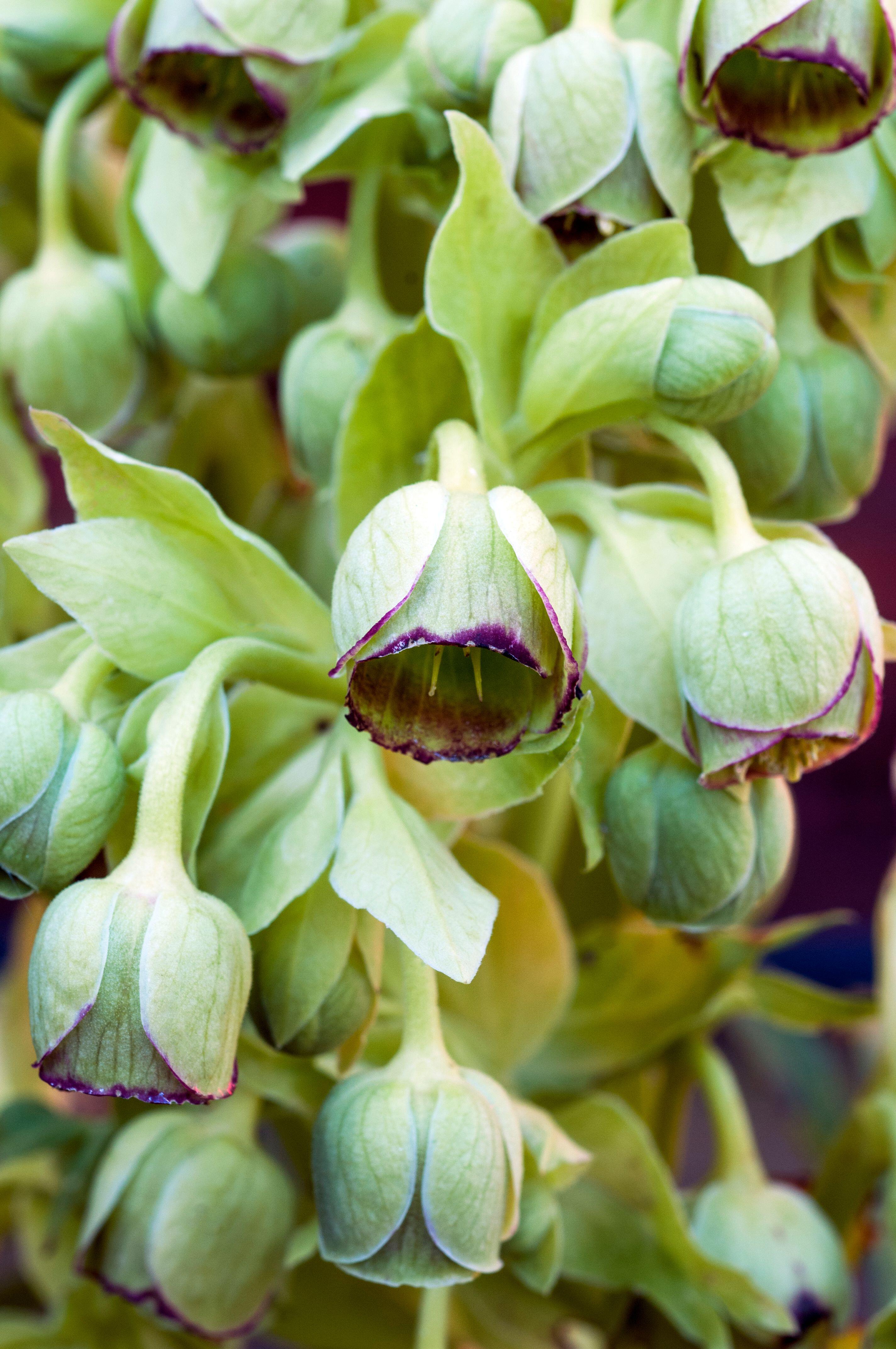
Stinking hellebore is found growing in many parts of the country, especially where limestone soil is present.
The plea to avoid damage from clumsy passers-by is also made by the stinking iris (Iris foetidissima), which protests when its leaves are bruised by releasing a distinctive odour that some liken to cooking meat (one folk name is the roast-beef plant). Other names — gladdon, gladwin iris and stinking gladwyn — reflect its blade-like leaves and are derived from the Latin gladius (sword). Another plant to earn the RHS Award of Garden Merit, it may be found in shady woodland and in hedge banks. Although its blooms are dull grey-blue or blue-tinged yellow and last a mere couple of days in June or July, they are nectar rich and much liked by bees. Green seed capsules reveal vivid scarlet berries that remain attached throughout winter. They are poisonous to humans and livestock, yet sought by birds when other food is scarce.
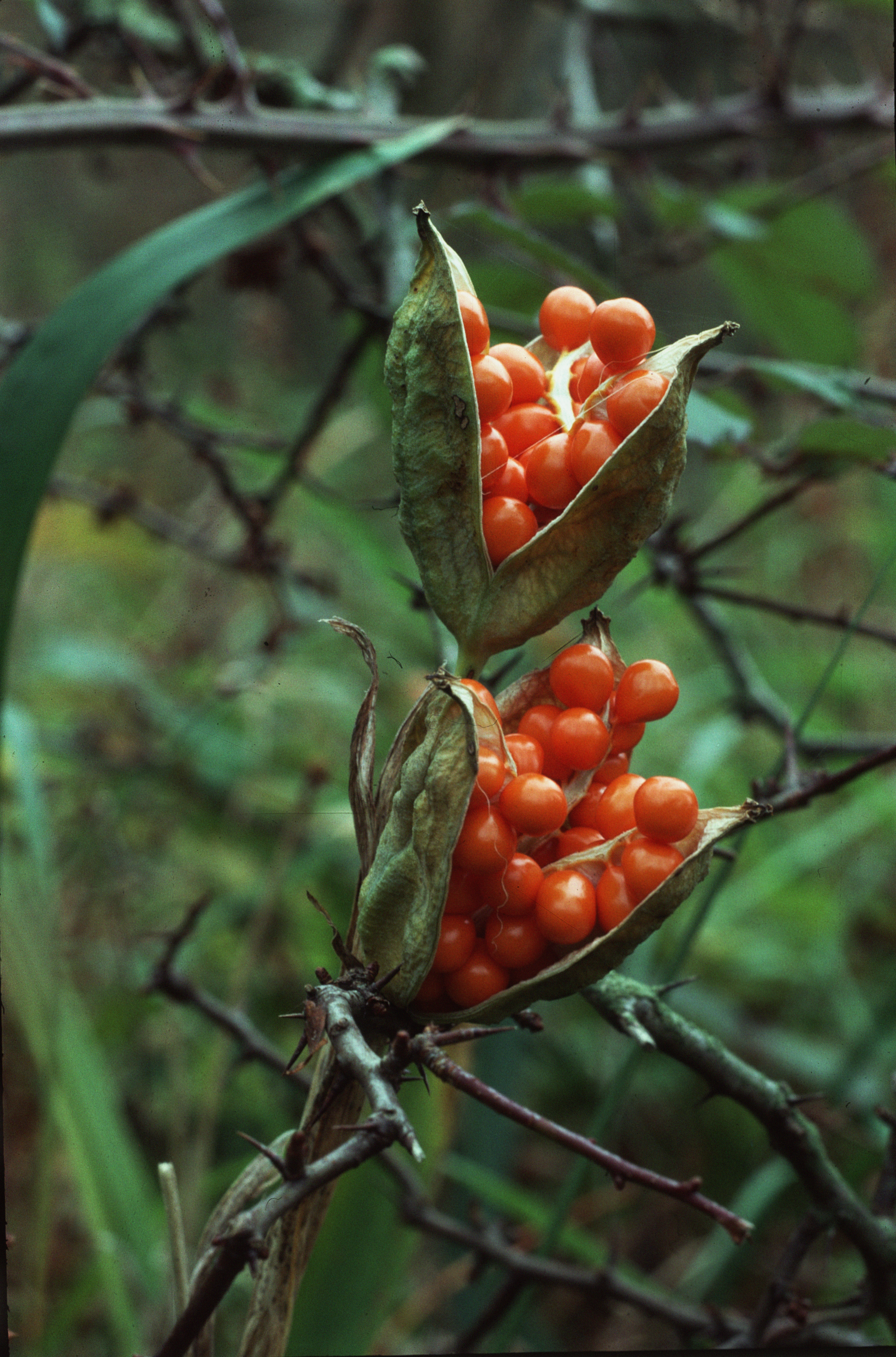
The stinking iris could almost be two different plants, such is the difference between its appearance when in flower with how it looks in seed pod form.
In the entomology section, we find stink bugs, a largely undeserved soubriquet applied to shieldbugs, those compact insects distinguished by the heraldic scutellum on their backs. We have a dozen or so native species, the most common being the green, formerly found across southern England, but now widespread northwards, a beneficiary of climate change. The largest, at a little more than half an inch long, is the red-and-green hawthorn (Acanthosoma haemorrhoidale) found on the eponymous shrub. Birch and gorse (Elasmostethus interstinctus and Piezodorus lituratus, respectively) versions are likewise identified by plant source, whereas the forest (Pentatoma rufipes) and bronze (Troilus luridus) browse in woodland. All have glands that secrete a pungent liquid to deter predators. Two fairly recent arrivals, the southern green (Nezara viridula) and the brown marmorated (Halyomorpha halys), give cause for concern over crop damage. The brown affects more than 100 commercial and ornamental plants and takes winter refuge in homes. Defra has funded a trapping programme to monitor its spread. It emits a coriander-like odour to deter attack and attract others of its species and is one bug worthy of vilification. Report it if you find it.
On the woodland floor, the king stinker is better known for its challenging appearance than its odour. The stinkhorn’s classification as Phallus impudicus says it all and Darwin’s daughter Etty was so offended by it that, come the fruiting period, she would sally forth with basket and pointed stick and bear victims back to the dining-room fire, locking the door to protect the morals of the female servants.
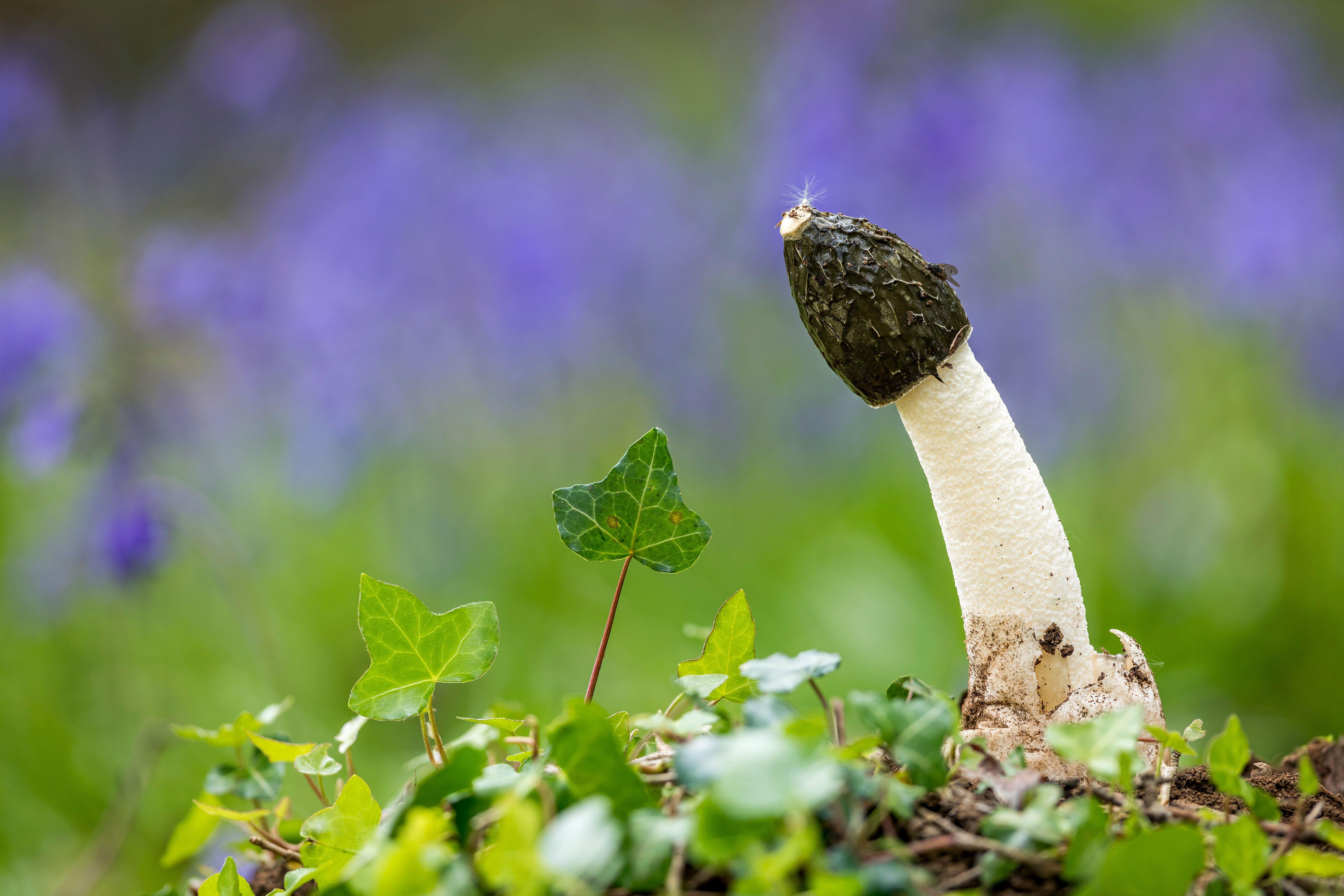
The Common Stinkhorn is also known as 'phallus impudicus' — the direct translation of which is 'shamelessly phallic', for reasons made clear in this picture.
In his 1924 novel Der Zauberberg (The Magic Mountain), Thomas Mann described ‘its form reminiscent of love, its odour of death’. Its smell imitates carrion to attract blowflies — and it certainly does — ensuring the distribution of spores, a worthy purpose. Never mind, dear Aunt Etty.
This feature originally appeared in the July 9, 2025 issue of Country Life. Click here for more information on how to subscribe
Exquisite houses, the beauty of Nature, and how to get the most from your life, straight to your inbox.
After some decades in hard news and motoring from a Wensleydale weekly to Fleet Street and sundry magazines and a bit of BBC, Ian Morton directed his full attention to the countryside where his origin and main interests always lay, including a Suffolk hobby farm. A lifelong game shot, wildfowler and stalker, he has contributed to Shooting Times, The Field and especially to Country Life, writing about a range of subjects.
-
 Suit yourself: I’m a 49 year-old man-about-town and I’ve never owned a suit
Suit yourself: I’m a 49 year-old man-about-town and I’ve never owned a suitWhen Hugh Smithson-Wright turned up to Country Life's annual Gentleman's Life party sans suit, it sparked a passionate conversation about why the formal fashion just isn't for everyone.
-
 'The ugliness and craziness is a part of its charm': The Country Life guide to Bangkok
'The ugliness and craziness is a part of its charm': The Country Life guide to BangkokWhere to stay, where to eat and what to do in the Thai capital.
-
 There are a billion microbes in a teaspoon of soil. Leaving the leaves to Nature feeds and nourishes them
There are a billion microbes in a teaspoon of soil. Leaving the leaves to Nature feeds and nourishes themLeaf blowers aren't just futile and polluting — they're actively bad for the health of your garden, not to mention your mental wellbeing. Time to reach for the rake, says Isabel Bannerman.
-
 What trees taught me about perfect planting — Alan Titchmarsh
What trees taught me about perfect planting — Alan TitchmarshSense and patience is key to growing healthy trees, as a certain Mr Mackenzie showed a young Alan Titchmarsh
-
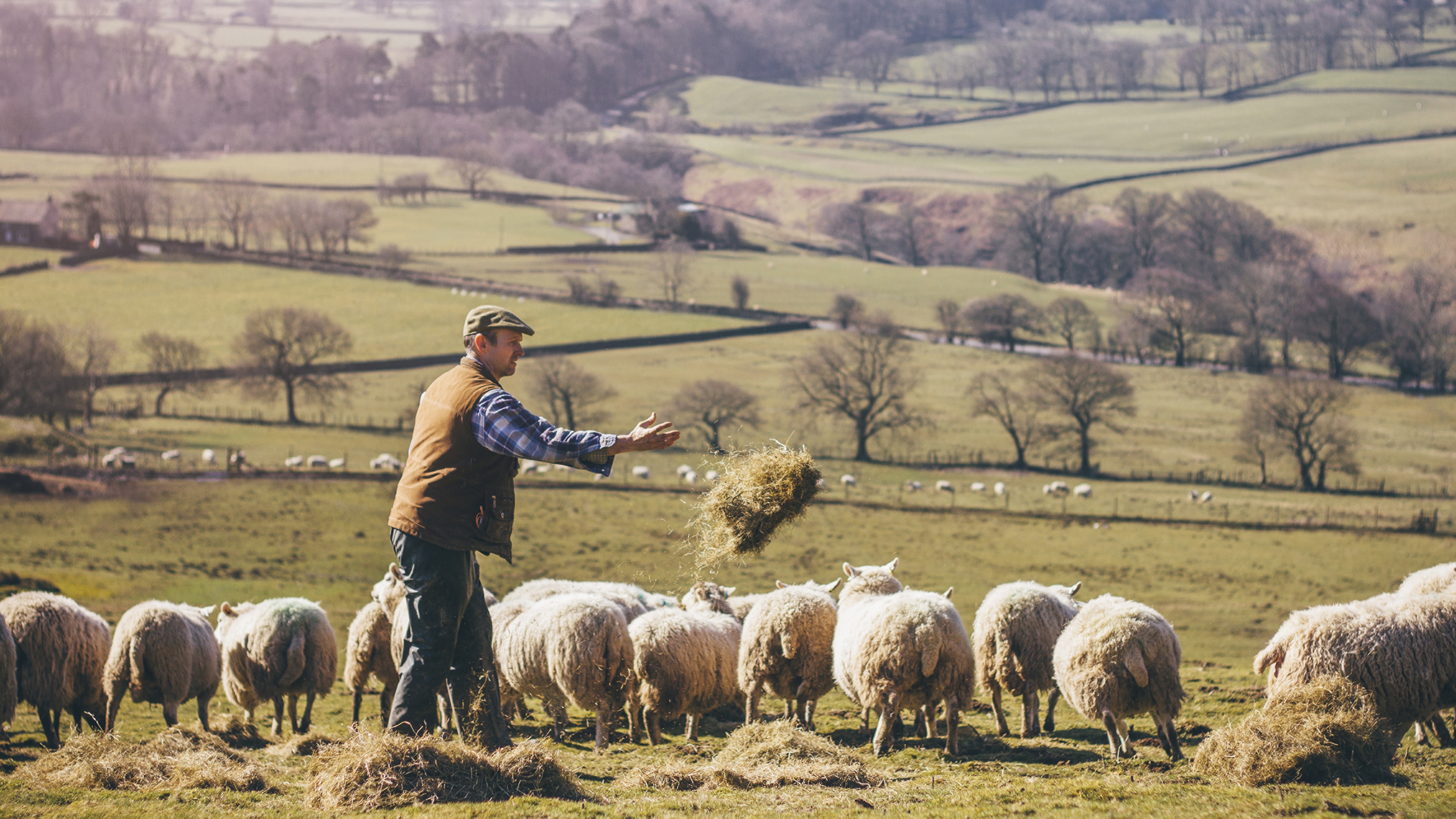 I was Jeremy Hunt’s main political adviser and helped put together multiple Autumn Statements and Budgets. This is what I think Rachel Reeves’s Budget means for the countryside
I was Jeremy Hunt’s main political adviser and helped put together multiple Autumn Statements and Budgets. This is what I think Rachel Reeves’s Budget means for the countrysideAdam Smith, former chief of staff to the Chancellor of the Exchequer, reflects on what last week's Budget means for the countryside and how we ensure the rural voice is heard loudly inside Budget preparations.
-
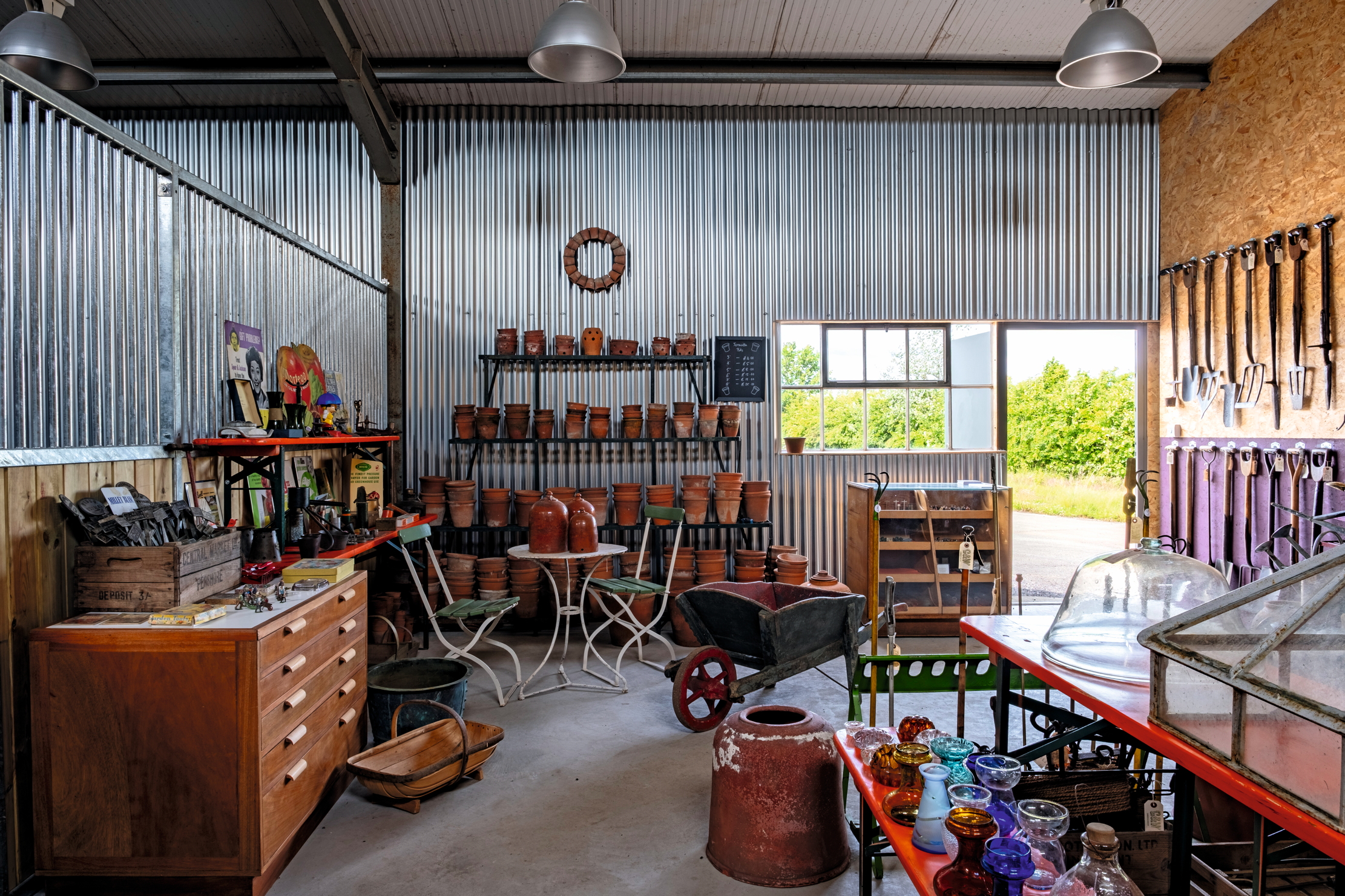 When it comes to making the perfect garden tool, the past has all the answers
When it comes to making the perfect garden tool, the past has all the answersMary Keen visits Garden & Wood, the mecca for dedicated gardeners who prefer using tools made in the 1940s
-
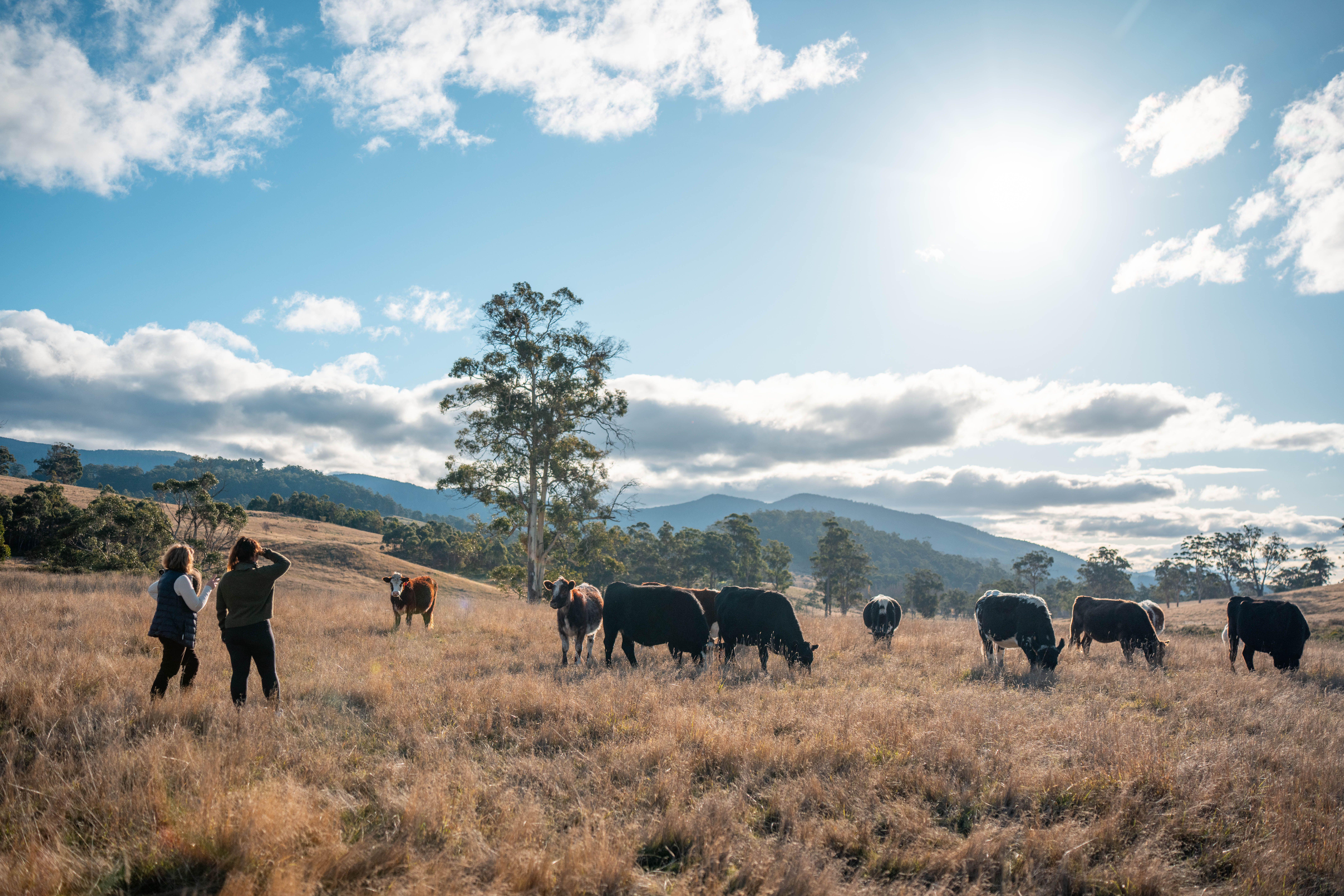 The Budget: What do we need to fix a broken countryside, and what will we get?
The Budget: What do we need to fix a broken countryside, and what will we get?With the Autumn Budget looming, countryside and heritage organisations reveal what they are hoping to hear to fix the turmoil — and what they are dreading
-
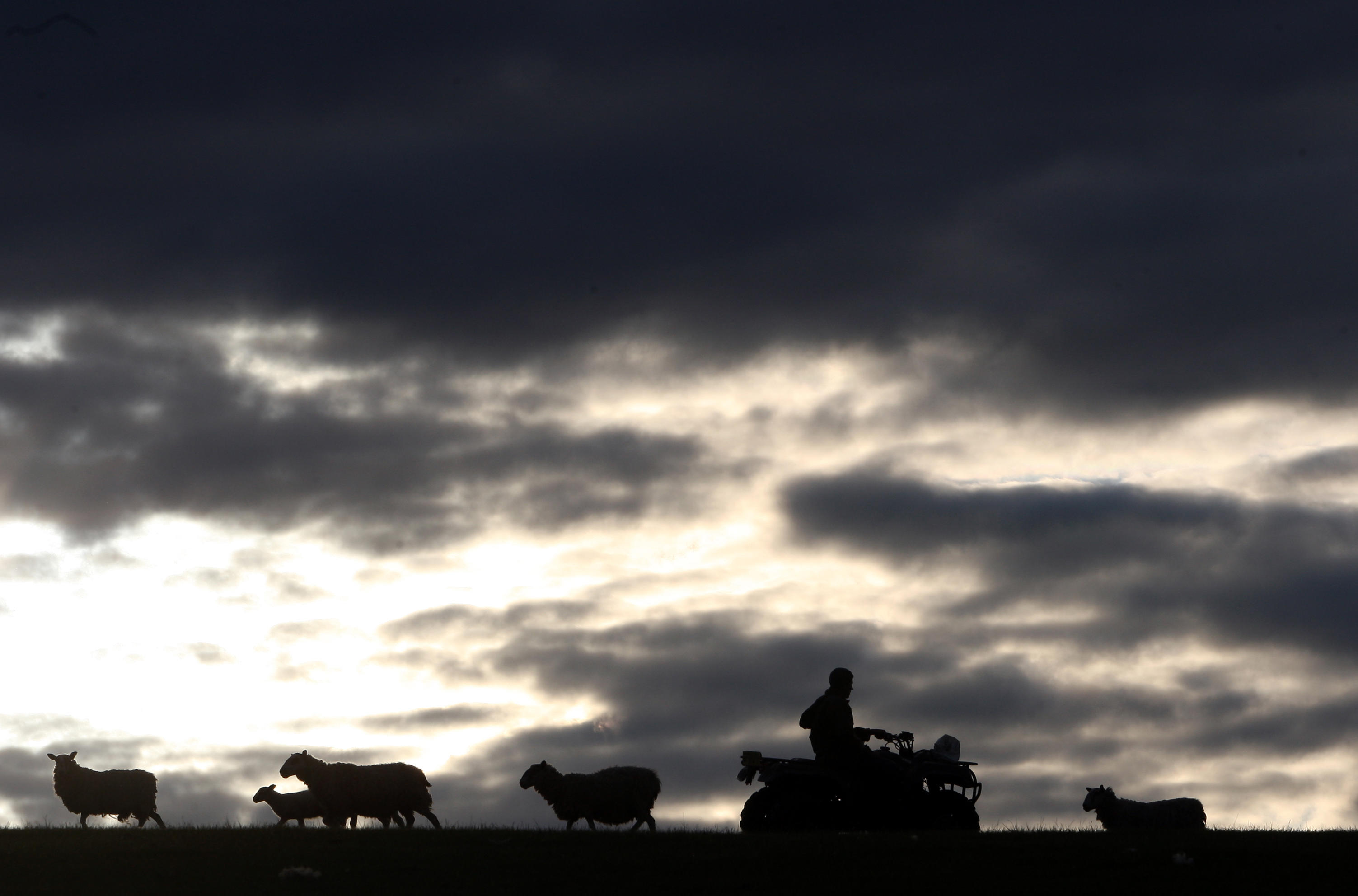 'I’m going to be the first in more than 100 years to sell anything off': How the upcoming budget uncertainty is impacting young farmers
'I’m going to be the first in more than 100 years to sell anything off': How the upcoming budget uncertainty is impacting young farmersChanges to inheritance tax, property relief and Defra budgets will likely change Britian's rural landscape. We ask the next generation of farmers what they think their future will look like.
-
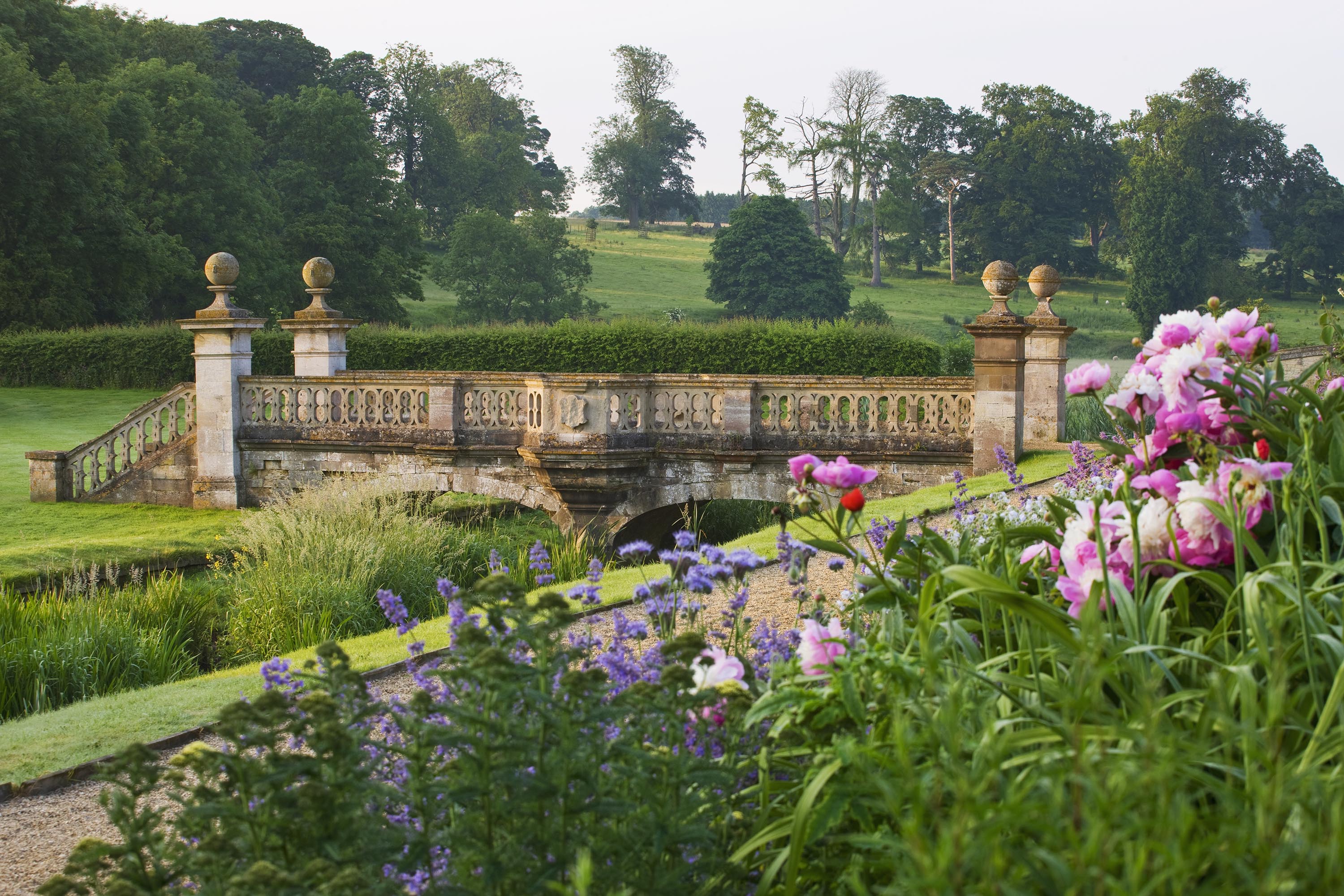 'A dream of Nirvana... almost too good to be true': The sweet peas of Easton Walled Gardens, and how you can replicate their success at home
'A dream of Nirvana... almost too good to be true': The sweet peas of Easton Walled Gardens, and how you can replicate their success at homeUrsula Cholmeley, who has spent 25 years restoring Easton Walled Gardens, recommends sowing sweet peas now for stronger plants that will better withstand the weather.
-
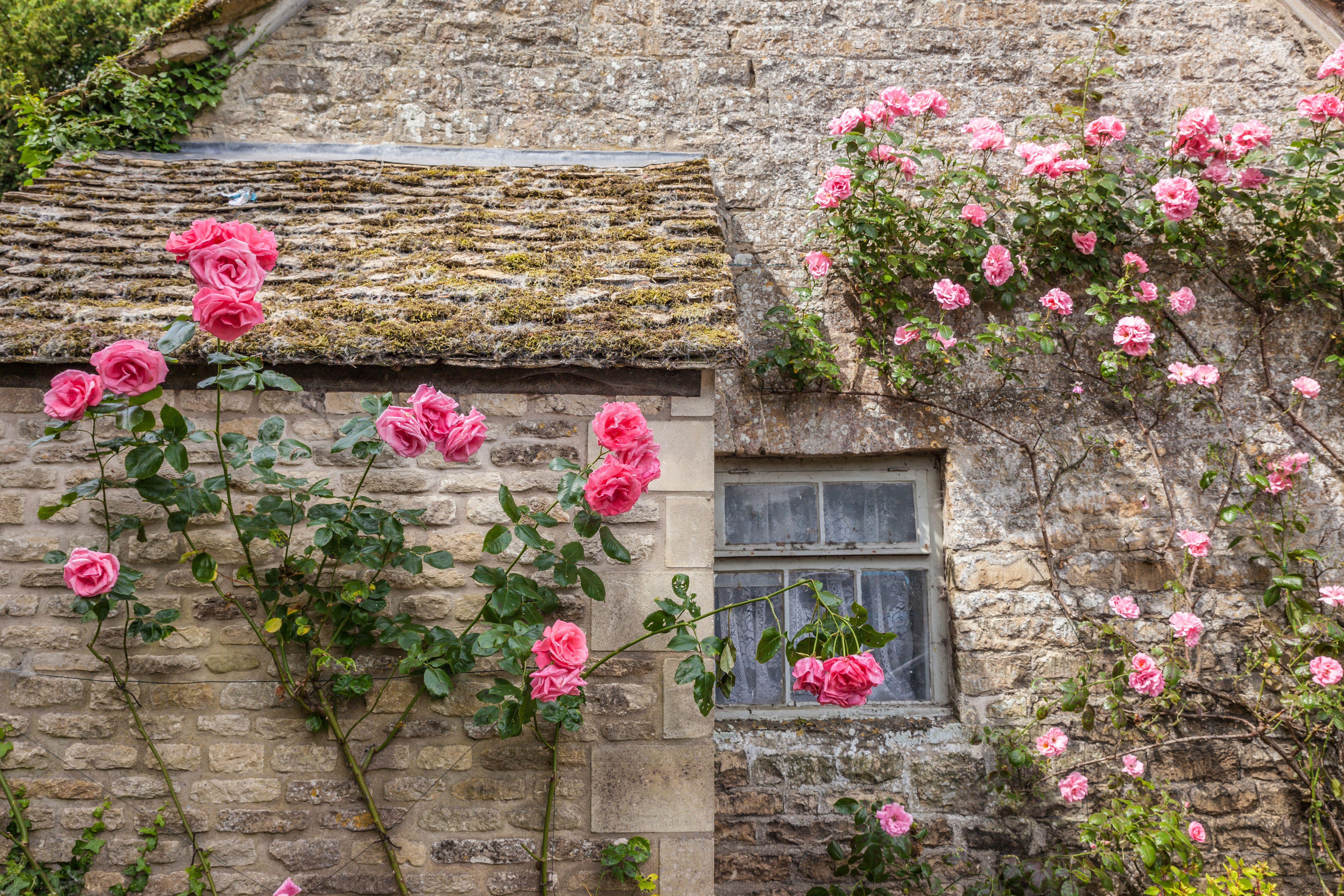 How to choose the perfect rose this bare root season
How to choose the perfect rose this bare root seasonLooks can be deceiving: bare root roses are hardier and more sustainable than potted ones, says Tabi Jackson Gee, who moved to a cottage in Wiltshire and went about finding the perfect plant. You just need patience.
